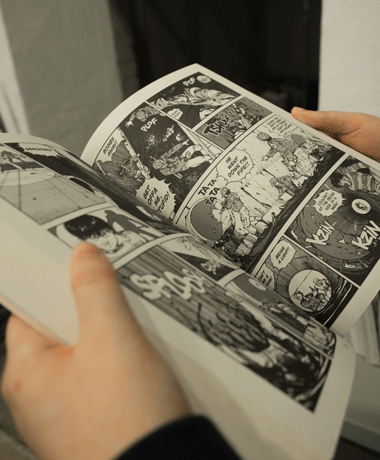Creating interactive storytelling experiences for your audiences isn’t something new.
For years businesses have been going above and beyond to create engaging content that stays with their readers long after they’ve finished reading the piece.
Learn more about storytelling by requesting a free copy of our Storyteller’s Manifesto here.
This type of storytelling works and to get on board we’ve put together three tips for how to create your own interactive story masterpiece.
What is interactive storytelling?
Interactive storytelling is storytelling that has been enhanced.
It uses technology to captivate audiences on more than one level. It aims to create multiple experiences and engage all of the senses. Usually, the storyteller’s will use various digital tools, such as audio and visuals to enhance their story.
If you want to tell a great interactive story you need to make the reader forget they are reading, listening and watching. They need to view the story as a whole and be taken in by it.

Gone are the days of a simple 500-word blog post. Now your story has to give more.
Find the right medium
When you want to create an interactive story on your site you need to choose the right medium for your story.
Remember, you don’t have to choose an overly complicated tool or choose multiple tools. Sometimes a simple infographic or simple animation is all you need.
For longer stories sometimes more is more. Including elements, such as images, videos or microsites, work well in long form pieces of content. They can help tell your story better and build engagement around it. These interactive tools change your static long-form post to an engaging and approachable story.
Here are some of the different tools you can use to add an interactive layer to your stories:
- Microsites
- Infographics
- Whitepapers
- Video
- Ebooks
- Articles
- Landing pages
Tell a personal story
When you tell a personal story it always resonates. These stories are naturally full of emotion and automatically connect with audiences. Adding an interactive element to these stories will only enhance them further.
Another way to add a personal element to your story is by making your audience a character.
You will see news sites do this regularly through interactive quizzes and results. Others do it through maps, hashtag integration and customer reviews.
Using this method of story interaction is an excellent way to engage your audience.
Think of ways you can make your user a character in your story.

Make your visuals respond
Static or interactive, visuals add a lot to any piece of content and any story.
Adding visuals that respond to user actions is a simple interactive tactic that audiences love.
Clicking, scrolling or the user simply waving their mouse over the image initiates this.
Google is a company that deploys this tactic brilliantly. To make special occasions of specific dates Google transforms its logo on their homepage into a ‘Google Doodle’. Users are taken into an immersive game or the logo simply animates and moves.
This interactive visual becomes a talking point and engages with audiences.
When adding your own interactive visuals the ‘Google Doodle’ doesn’t have to be the bar, but recognising how and why they work is important.
